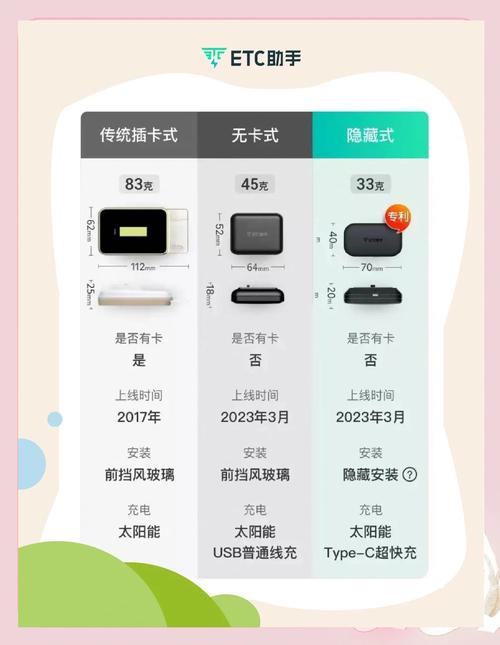
Understanding the ETC to ETH Swap: A Comprehensive Guide
Are you considering swapping your Ethereum Classic (ETC) for Ethereum (ETH)? If so, you’ve come to the right place. This detailed guide will walk you through the process of swapping ETC to ETH, covering various aspects such as the history behind the two cryptocurrencies, the differences between them, the process of swapping, and the potential risks involved.
History of Ethereum Classic and Ethereum
Ethereum Classic (ETC) and Ethereum (ETH) share a common origin. They both originated from the Ethereum network, which was created by Vitalik Buterin in 2015. However, the two cryptocurrencies diverged following a significant event in 2016 known as the DAO hack.

The DAO was a decentralized autonomous organization that aimed to create a new form of organization based on blockchain technology. Unfortunately, a hacker exploited a vulnerability in the DAO’s smart contract, leading to the theft of millions of ETH. In response, the Ethereum community decided to hard fork the network, effectively creating a new blockchain with the stolen funds returned to the affected users. This new blockchain became Ethereum (ETH), while the original blockchain, which retained the DAO hacker’s funds, became Ethereum Classic (ETC).
Differences Between ETC and ETH
While ETC and ETH share many similarities, there are several key differences between the two cryptocurrencies:
| Aspect | Ethereum Classic (ETC) | Ethereum (ETH) |
|---|---|---|
| Blockchain | Original Ethereum blockchain | Hard-forked Ethereum blockchain |
| Development Team | Community-driven | Consensus-driven |
| Consensus Mechanism | Proof of Work (PoW) | Proof of Stake (PoS) – Ethereum 2.0 |
| Market Capitalization | Smaller than ETH | Larger than ETC |
As you can see, the primary difference between ETC and ETH lies in their development teams and consensus mechanisms. ETC continues to use the Proof of Work (PoW) consensus mechanism, while ETH is transitioning to Proof of Stake (PoS) with Ethereum 2.0.
Process of Swapping ETC to ETH
Swapping ETC to ETH is a relatively straightforward process. Here’s a step-by-step guide to help you get started:

-
Choose a cryptocurrency exchange that supports both ETC and ETH. Some popular options include Binance, Coinbase, and Kraken.
-
Create an account on the chosen exchange and complete the necessary verification process.
-
Deposit ETC into your exchange account. You can transfer ETC from your wallet or another exchange.
-
Locate the ETC to ETH trading pair on the exchange. Enter the amount of ETC you wish to swap and place your order.
-
Once the swap is complete, withdraw your ETH to your preferred wallet or keep it on the exchange for further trading.
Potential Risks Involved in Swapping ETC to ETH
While swapping ETC to ETH can be a lucrative opportunity, it’s essential to be aware of the potential risks involved:
-
Market Volatility: Cryptocurrency markets are highly volatile, and the value of ETC and ETH can fluctuate rapidly. This can lead to significant gains or losses.
-
Exchange Fees: Most exchanges charge fees for trading, which can eat into your profits.
-
Security Risks: Storing your ETC and ETH in a secure wallet is crucial to prevent theft or loss.
-
Regulatory Changes: Cryptocurrency regulations can change, which may impact the value and legality of ETC and ETH.
By understanding these risks and taking appropriate precautions, you can minimize the potential negative impacts of swapping ETC to ETH.



